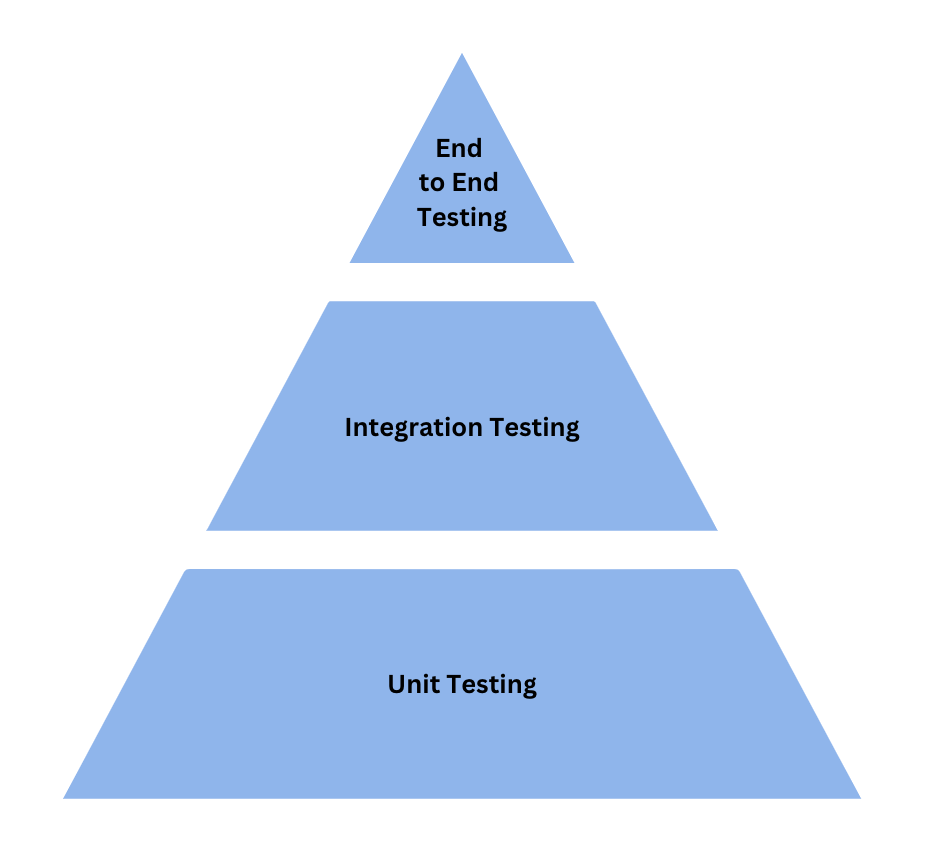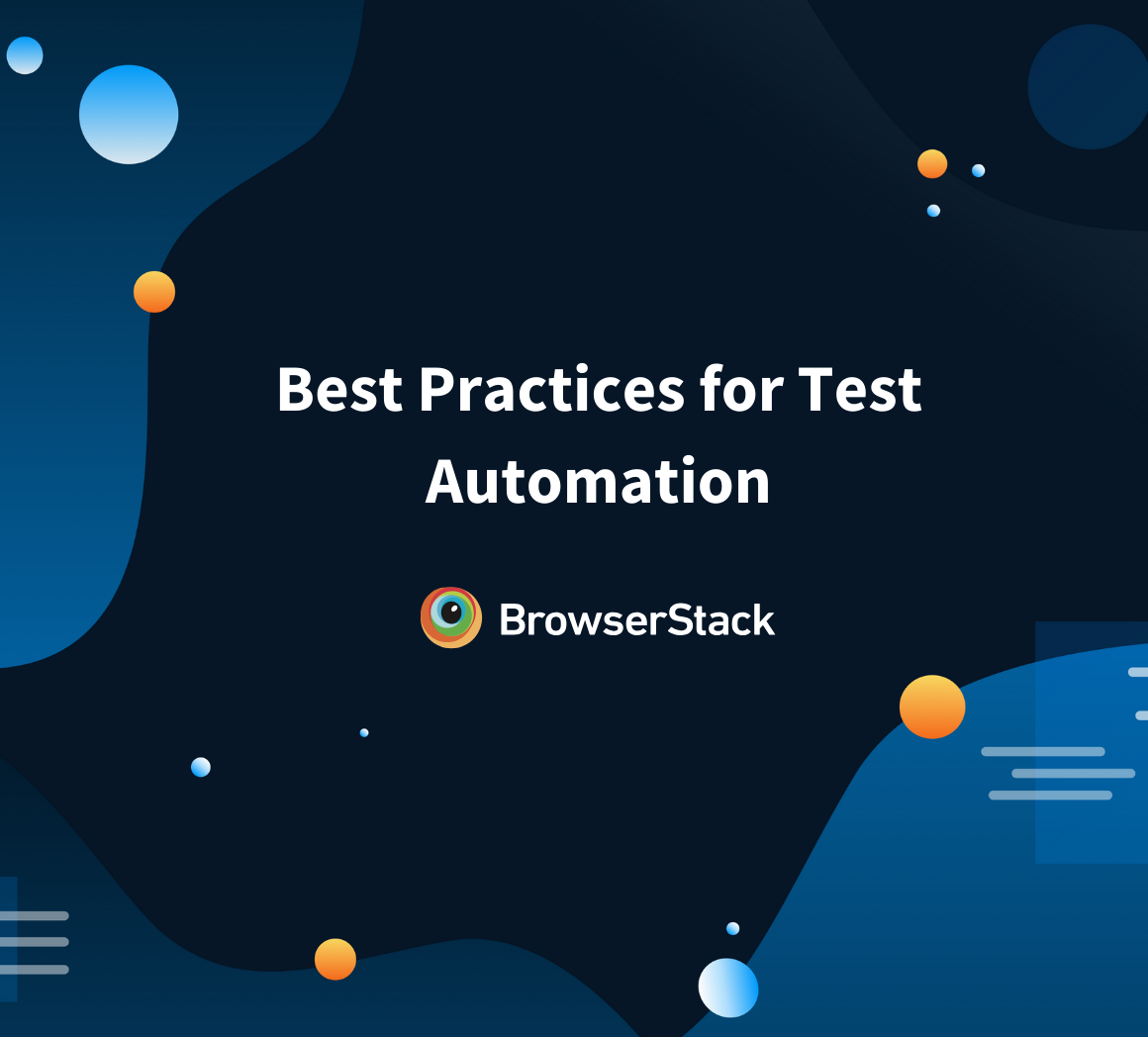Understanding Test Automation Architecture
By Antra Verma, Community Contributor - August 7, 2024
What is Test Automation Architecture?
Test automation architecture refers to the high-level structure and guidelines for designing and implementing automated tests within a software project. It provides a framework that ensures efficient and effective testing, considering factors like system complexity, environment, and testing tools.
A well-designed test architecture can significantly impact the success of a project.
- What is Test Automation Architecture?
- When to use Test Automation Architecture?
- Why create Test Automation Architecture?
- Understanding Test Architecture with an Example
- How to build a Test Automation Strategy?
- How to implement Test Automation Architecture successfully?
- Best Practices for Test Automation Architecture
When to use Test Automation Architecture?
Knowing when to use test automation architecture is essential for successful software testing. Let’s explore the scenarios where it becomes particularly valuable:
- Complex Systems: When dealing with complex software systems, test automation architecture helps manage the intricacies. It ensures that testing efforts are well-organized and efficient.
- Regression Testing: For repetitive regression testing, a test architecture provides a systematic approach. It allows you to maintain and execute test suites across different releases or versions.
- Scalability: As a project grows, having a well-defined architecture ensures scalability. It accommodates new features, modules, and integrations without compromising testing quality.
- Cross-Platform Testing: When testing across multiple platforms (web, mobile, desktop), an architecture helps standardize processes and tools.
- Parallel Execution: If there is a need to run tests concurrently, an architecture guides you in setting up parallel execution environments.
Why create Test Automation Architecture?
Here’s why you should create Test Automation Architecture:
- Efficiency: A well-structured architecture streamlines testing processes, making them more efficient.
- Risk Mitigation: Proper architecture reduces the chances of system failures when the software is released.
- Scalability: It allows scope for scalability as the project evolves.
- Quality Assurance: Ensures consistent and reliable testing across different components.
Understanding Test Architecture with an Example
Let’s understand test architecture with examples and explore the key components:
Test Pyramid
The Test Pyramid, proposed by Mike Cohn, illustrates the ideal distribution of different types of tests:
- Unit Tests form the foundation of the pyramid. Unit tests focus on testing individual components (e.g., functions, classes) in isolation. They provide rapid feedback and help catch low-level issues early.
- Integration Tests validate interactions between components or modules. They ensure that different parts of the system work together seamlessly. These tests cover scenarios like API integrations, database connections, and service interactions.
- End-to-End (E2E) Tests are at the top of the pyramid. E2E tests simulate real user workflows and scenarios. They cover the entire application flow, including user interactions, UI elements, and backend services. While essential, E2E tests are slower and more resource-intensive.
Roles and Responsibilities of a Test Architect
A Test Architect plays a critical role in designing and implementing test automation architecture:
- Designing the Framework: The architect creates a robust architecture aligned with project goals. This includes selecting tools, defining processes, and ensuring scalability.
- Selecting Tools: Choosing appropriate testing tools based on project requirements. The architect evaluates factors like scripting languages, integrations, and community support.
- Infrastructure Setup: Setting up the necessary infrastructure for test execution. This involves configuring environments, handling dependencies, and ensuring consistent setups.
Automation Testing Process
The testing process involves several stages:
- Test Planning: Define the scope, objectives, and test strategy.
- Test Design: Create test cases, scenarios, and data.
- Test Execution: Run automated tests and collect results.
- Defect Reporting: Identify and report issues.
- Test Reporting: Generate detailed reports for stakeholders.
How to build a Test Automation Strategy?
Building an effective test automation strategy is crucial for successful software testing. Let’s look at the key steps to create a robust strategy:
1. Assess Project Context:
- Understand the project’s goals, scope, and requirements.
- Identify critical features, user flows, and risk areas.
- Consider the technology stack, platforms, and browsers.
2. Define Testing Objectives:
- Determine what you want to achieve with test automation.
- Prioritize areas for automation (e.g., regression, smoke tests).
- Set clear success criteria (e.g., code coverage, defect detection).
3. Select Appropriate Tools:
- Evaluate testing tools based on your project needs.
- Consider factors like scripting languages, integrations, and community support.
- Choose tools that align with your team’s expertise.
4. Design the Test Architecture:
- Create a well-structured architecture (as discussed earlier).
- Define reusable components, libraries, and test data management.
- Plan for scalability and maintainability.
5. Test Data Strategy:
- Address test data requirements (e.g., test databases, APIs).
- Use synthetic data or anonymized production data.
- Ensure data consistency across test environments.
- Establish consistent environments (dev, staging, production).
- Automate environment provisioning (e.g., Docker, cloud services).
- Handle dependencies (databases, APIs, third-party services).
7. Test Case Selection:
- Prioritize test cases based on risk and impact.
- Focus on critical paths, edge cases, and user workflows.
- Balance coverage across different layers (unit, integration, E2E).
8. Test Execution and Reporting:
- Implement continuous integration (CI) pipelines.
- Schedule automated test runs (nightly, on code commits).
- Generate detailed test reports with actionable insights.
9. Maintenance and Review:
- Regularly review and update test cases.
- Address flaky tests promptly.
- Collaborate with developers for test maintenance.
10. Feedback Loop and Iteration:
- Gather feedback from test results and stakeholders.
- Iterate on the strategy based on project changes.
How to implement Test Automation Architecture successfully?
Here are the necessary actions to implement Test Automation Architecture:
- Understand Project Context: Gather insights into the project’s domain, technology stack, and delivery practices.
- Collaborate: Work closely with development and testing teams to align architecture with project needs.
- Plan for the Future: Design an adaptable architecture that considers future changes.
- Document and Communicate: Clearly document the architecture and share it with relevant stakeholders.
Best Practices for Test Automation Architecture
Best Practices for Test Automation Architecture are given below:
- Avoid unnecessary complexity.
- Create reusable libraries and functions.
- Stay updated with industry trends and tools.
- Periodically review and refine the architecture.
Conclusion
Test automation architecture plays a crucial role in ensuring effective testing. By following best practices and understanding its components, one can build a robust framework that contributes to the success of software projects.
Along with having an effective Test Automation Architecture, it is also important to find the right Test Automation Tools like BrowserStack Automate and App Automate for seamless automation testing of software applications.






